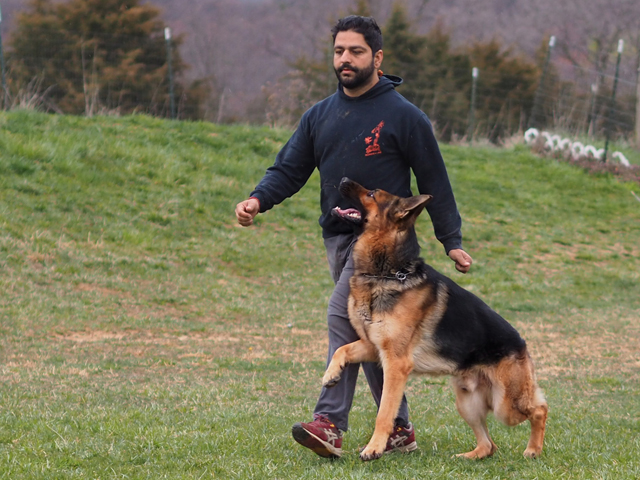Introduction
To most people, a German Shepherd may look like a beautiful dog, but to the initiated, there is a world of difference between a showpiece and a working dog.
This article peels back the layers: how does anatomy, character, history, and performance proof define the German Shepherd as a true working breed? For newcomers and seasoned fans alike, this is the “essence” behind the lines, the trot, and the titles.
1. Working vs. Show vs. Pet: Clarifying the Terms
- A working dog is selected, bred, and tested for useful, sustained tasks: herding, protection, detection, police, search & rescue, etc.
- A show dog often emphasizes appearance and ring presence, sometimes at the cost of utility.
- A pet dog may be neither show-nor working—valued primarily for companionship.
In the GSD’s history, Captain Max von Stephanitz declared that utility is the strongest test of merit. That principle still underlies the true working line.
2. Historical Foundation: From Herds to Tasks
- The GSD was conceived for sheepwork, needing stamina, intelligence, and versatility.
- As agriculture gave way to modern demands, the breed found roles in police and military work.
- To prevent breeding drift toward fancy form, performance trials like Schutzhund (later IPO/IGP) emerged as objective tests of versatility: tracking, obedience, protection.
- These trials became part of the genetic filter, ensuring that dogs with only looks, but no substance, did not dominate breeding stock.
3. Anatomy & Biomechanics: Why Structure Matters
3.1 Proportions & Balance
A working GSD must move economically. That means:
- Height to length in a harmonious ratio (neither overly long nor overly tall).
- Height to depth such that the chest has sufficient depth opening below the elbows without over-compression.
3.2 The Forehand is Key
The front assembly (shoulder blade, upper arm, foreleg) is responsible for reach, shock absorption, and continuation of motion.
- The shoulder and upper arm should be roughly equal lengths, laid back, allowing the leg to extend forward.
- If the upper arm is too short or the shoulder too steep, the dog loses reach and moves choppy.
3.3 The Back & Spine
A stable, resilient back transmits power from the hindquarters forward.
Dogs with exaggerated curvature, overly sloped backs, or weak toplines often move asymmetrically, place more weight on forelimbs, and risk joint stress.
A University of Surrey biomechanics study found that GSDs with more sloped backs shift more weight to forelimbs and show asymmetries in rear limb joint movement.
Also, a paper on GSD conformations confirmed that variations in back slope, not just curvature, significantly influence biomechanics and limb loading.
4. Temperament, Drive & Character
Structure is half the story; the other half is mind.
- A working GSD must have nerve (stability under pressure), drive (motivated work instinct), clarity (focus, cooperation), and control (able to switch off).
- Drive is not mere energy; it is purposeful motivation that can be directed.
- Unlike a show dog bred for ring attitude, a working GSD must handle stress, novel environments, and high stakes without breaking down.
5. Testing & Proof: How Do We Know It’s Working?
- IGP / IPO / Schutzhund remains the gold standard: tracking, obedience, and protection.
- Specialized roles: detection, SAR, police: also serve as proof if the dog can sustain performance in real conditions.
- Injuries, career longevity, and soundness are the final proof: a dog that breaks down is not a working dog.
In modern breeding, surveillance studies reinforce that injury risk in utility dogs increases when structure is compromised.
Evaluating breed-specific movements (e.g. heeling styles) also reminds us to respect anatomical differences rather than forcing all dogs into a single “look.” (Evaluating Breed-Specific Heeling in IGP)
6. Common Misconceptions & Breed Drift
- “Slopey back = automatically bad” is oversimplified. It’s the impact on function (weight shift, asymmetry) that matters more.
- Divide between working lines and show lines is real: but not irreparable.
- Size “correction” gone wrong: reducing height while ignoring proportions leads to dogs with poor forehand, shallow chest, exaggerated rear—disconnected form over substance.
7. How This Looks in Real Life
At home, a true working GSD is calm, balanced, and adaptable.
In the field, you see ground-covering gait, balanced drive, endurance, and soundness over years, not days.
That dual nature—field and family—is perhaps the most elegant proof of the working dog.

